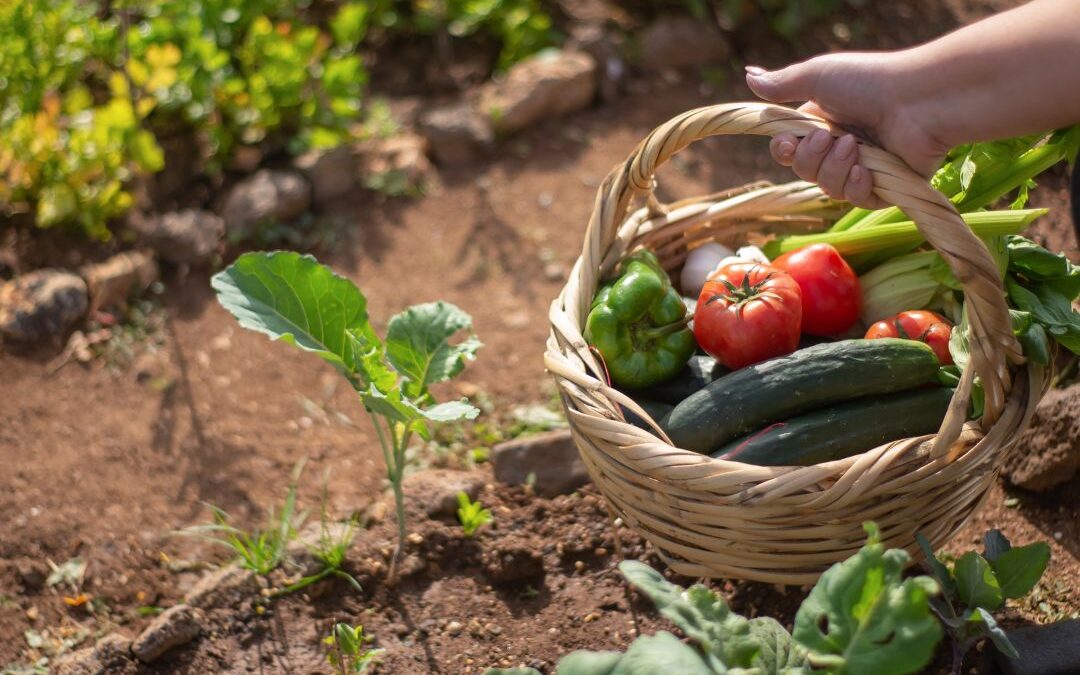This post may contain affiliate links, which means that I may receive a commission if you make a purchase using these links, with NO additional cost to you.
As a farm wife juggling so many responsibilities, I know your time and energy are precious. But February is the perfect month to lay the groundwork for a successful home garden that can help stretch your grocery budget. Here are some manageable steps you can take, even with your busy schedule:
Indoor Planning & Starting
Keep it simple – grab a notebook during your morning coffee or evening quiet time to:
- Write down your family’s most-used vegetables and fruits. Focus on what your children actually eat and what’s expensive at the store. This helps avoid wasting precious time and resources on crops that won’t serve your family.
- Check your seed inventory from last year before buying anything new. In tough financial times, we need to use what we have first. Those slightly older seeds will likely still germinate just fine.
Easy Indoor Seed Starting
If you have a sunny window or simple shop light:
- Start onions and leeks now – they need the longest growing time and can save significant grocery money.
- Begin cold-hardy herbs like parsley and thyme.
- Hold off on tomatoes and peppers until March – starting too early leads to leggy plants.
Outdoor Preparations
On warmer February days when you have 15-30 minutes:
- Walk your garden space and plan where things will go. Consider what failed or thrived last year.
- Start collecting cardboard from farm deliveries to lay down for weed suppression. This is especially good for new garden areas.
- Build new garden areas and lay compost.
Budget-Friendly Tips
- Save egg cartons and yogurt containers for seed-starting.
- Use old feed bags or tarps for garden cover, or seed barrier instead of buying new.
- Connect with other farmwives to share seeds and supplies.
- Start small – a few well-tended beds are better than an overwhelming large garden.
Looking Ahead
- Create a simple schedule for March planting.
- Plan your garden close to your house – busy moms need convenience.
- Consider involving your children in seed starting as part of their learning. For older kids, you can give them their own space to tend.
Remember, growing even a portion of your own food is a victory. Don’t let perfect be the enemy of good enough. Start with what you can manage, and know that every small step toward self-sufficiency helps your family’s food security.
For all the details on planting schedules and low-maintenance garden designs that work around farm life, check out my Gardening Basics Course.

